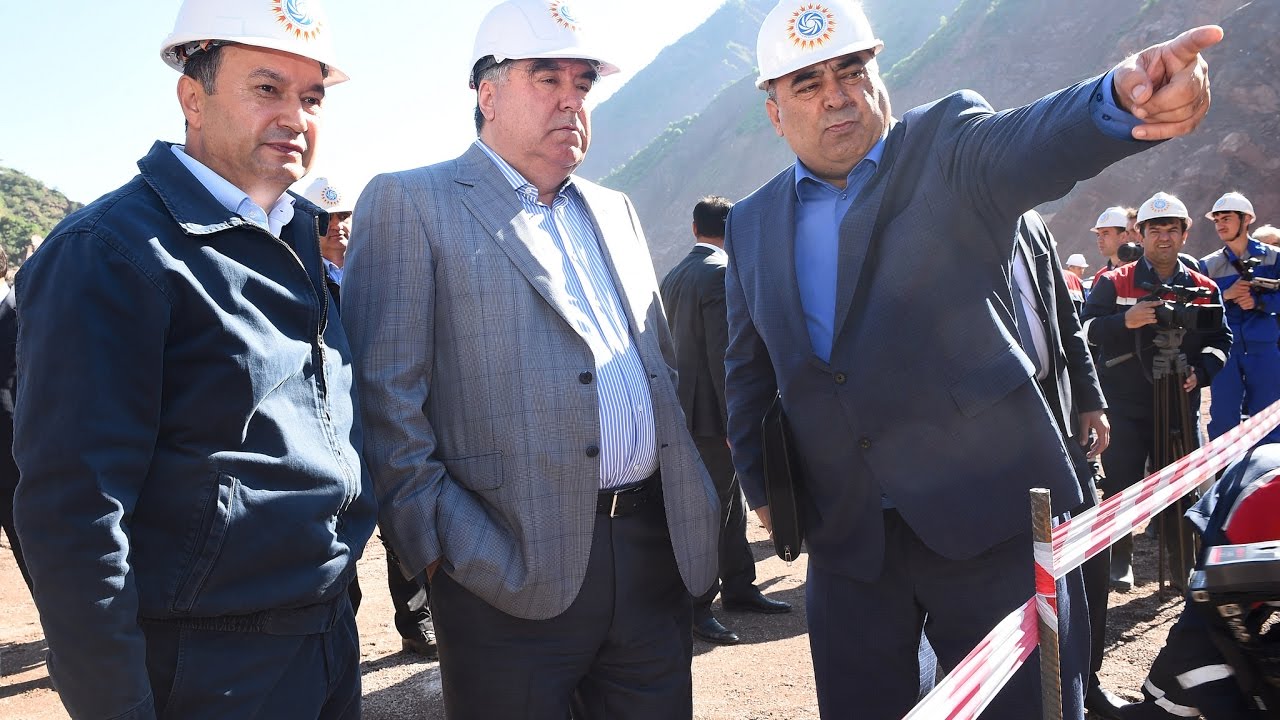The Government of Tajikistan has set coefficient pay for salaries of employees of the Joint-Stock Company (OJSC) NBO Roghun, which operates the Roghun hydroelectric power plant (HPP).
On November 30, the government issued a resolution on setting 1.5 coefficient pay for salaries of employees of the OJSC NBO Roghun.
The annex to the government’s resolution, in particular, notes that an official salary of the OJSC NBO Roghun director is 4,600 somoni. Taking into account the coefficient pay, the director’s official salary will be 6,900 somoni.
An official salary of the Company’s engineer-in-chief is 4,148 somoni. Taking into account the coefficient pay, his salary will be raised to 6,223 somoni.
In all, 180 people now work for the OJSC NBO Roghun and they receive totaling 204,867 somoni per month. Taking into account the coefficient pay, the Company’s monthly wage fund will be raised to 307,301 somoni.
Recall, Tajikistan founded OJSC NBO Roghun with an authorized capital of 116 million somoni for completing the construction of the Roghun station in April 2008 after it formally revoked a contract with Russia’s RusAl aluminum company for the construction of the Roghun HPP in August 2007. The Tajik government accused the Russian company of failing to fulfill the contract signed in 2004. Tajik authorities and RusAl became bogged down in the hydroelectric plant’s dam model and height, crucial factors in its capacity.
To raise funds to complete construction of the Roghun HPP the government started to sell shares in Roghun to people on January 6, 2010. Tajikistan has reportedly issued 6 billion somoni worth of Roghun shares.
2,000 people are reportedly holders of the Certificates of Shares (the face value of one Certificate of Shares is 5,000 somoni) and nearly 2 million people are holders of shares of the face values of 100, 500 and 1,000 somoni.
The Roghun HPP’s first of six units was officially switched on November 16, at 4:00 pm.
Tajikistan stemmed the flow of the Vakhsh River for construction of the Roghun HPP in late October 2016.
Roghun HPP is an embankment dam in the preliminary stages of construction on the Vakhsh River in southern Tajikistan. It is one of the planned hydroelectric power plants of Vakhsh Cascade.
The Roghun HPP was first proposed in 1959 and a technical scheme was developed by 1965. Construction began in 1976 but the project was frozen after the collapse of the Soviet Union.
An agreement on finishing the construction was signed between Tajikistan and Russia in 1994; however, as the agreement was not implemented, it was denounced by Tajikistan parliament.
In October 2004, Tajikistan signed an agreement with Russia's RusAl aluminum company, according to which RusAl agreed to complete the Roghun facility and rebuild the Tursunzoda aluminum smelter. In August 2007, Tajikistan formally revoked a contract with RusAl, accusing it of failing to fulfill the contract.
In April 2008, Tajikistan founded OJSC NBO Roghun with an authorized capital of 116 million somoni for completing the construction of the Roghun HPP. Current authorized capital of OJSC NBO Roghun reportedly amounts to some 16 billon somoni.
To raise funds to complete construction of the Roghun HPP the government started to sell shares in Roghun to people on January 6, 2010. Tajikistan has reportedly issued 6 billion somoni worth of Roghun shares. The sale of Roghun shares has reportedly earned the government 980 million somoni.
In 2016, construction duties on Roghun were assigned to Italian company Salini Impregilo. It is estimated that the project will cost $3.9 billion to complete.
The project is broken down into four components, with the most expensive one involving the building of a 335-meter-high rockfill dam — the tallest in the world — which will entail costs of around $1.95 billion.
If built as planned, the dam will be the tallest in the world at 335 meters and have a capacity of 3600 MW.




